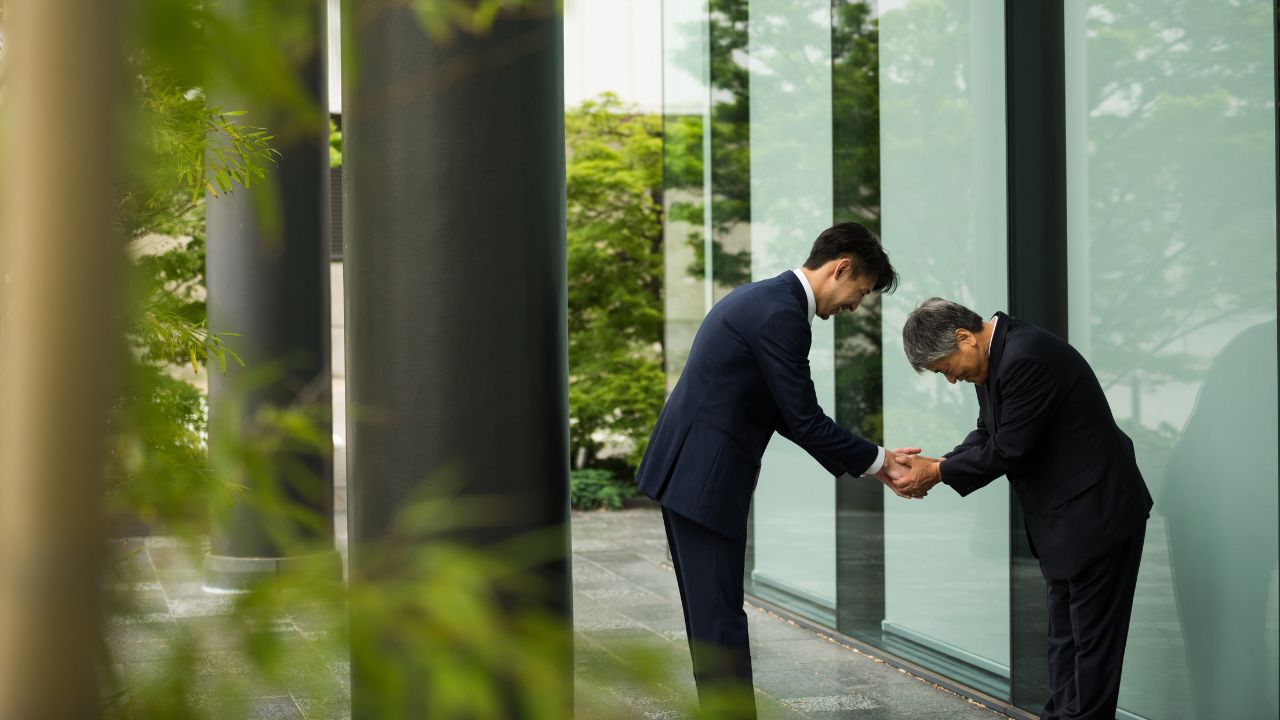Why Billionaires Feel Safe in Japan—But Need Executive Protection in the U.S.?


Japan is renowned for civility, order, and remarkably low violent crime. Many ultra‑high‑net‑worth individuals remark that they can move through Tokyo with an ease they rarely feel elsewhere: a forgotten bag is returned, a late‑night walk feels uneventful, and strangers respect personal space. That comfort is real, and it is one reason Japanese cities consistently feature on the lists of the world’s safest urban environments.
Yet, the same families who feel nearly anonymous in Japan often operate, invest, or maintain estates in the United States, where the risk environment is fundamentally different. The contrast can be jarring—and it is exactly where professional executive protection becomes essential.
The U.S. is an economy of visibility. Wealth tends to be on display—through estates, vehicles, events, philanthropy, and media coverage. Visibility is not inherently negative, but it changes the calculus of risk.
In Southern California, for example, organized burglary crews track predictable routines, social posts, and public records; opportunistic offenders watch curbside activity and delivery patterns; and stalkers leverage open‑source information to get closer than they should. What feels unnecessary in Ginza becomes prudent in Beverly Hills: advance planning, protective intelligence, and trained agents who quietly reduce exposure.
Perception often lags reality. A client who feels secure in Japan may assume that good neighborhood reputations, gates, and cameras offer the same protection in the U.S. The truth is more nuanced. Risk in America is shaped by higher firearm prevalence, a celebrity‑driven culture, and a fast flow of personal data. Most incidents are not dramatic; they begin as small anomalies—an unfamiliar car that loops the block, a contractor who photographs an interior, an online post that reveals a child’s schedule. Executive protection works by noticing these weak signals early and changing the outcome before a problem matures.
WPG’s approach is deliberately quiet and highly structured. We create a protective envelope around people, residences, and routines without replacing a client’s lifestyle.
For principals and families arriving from Japan, we start with threat identification tailored to U.S. realities: pattern‑of‑life analysis, route and venue advances, and a review of the estate’s “attack surface,” including gates, side yards, delivery points, camera blind spots, and adjacent vantage points. We coordinate vetted protective drivers, establish communications and contingency plans, and synchronize with household staff so privacy and safety are upheld by everyone who has access.
Estate protection is only one half of the equation; movement is the other. High‑risk moments occur between secure locations—airport arrivals, hotel lobbies, restaurant curbside zones, and event exits. Our agents stage vehicles to minimize exposure, manage approaches from the public with firm courtesy, and keep principals moving, not lingering. When necessary, we add surveillance detection, using static and mobile techniques to determine whether interest is benign or targeted. If we see persistent patterns, we escalate to law enforcement liaison and legal options, always with documentation that supports action.
Technology strengthens discretion when it is purposeful. WPG integrates protective intelligence to detect online leaks and track threat escalations, and we employ drones as an outer ring of estate defense to identify vehicles or people before they reach a fence line. The goal is not to surround clients with visible security theater; it is to extend awareness outward so risks are handled at a distance. Inside the residence, we harden weak points and establish simple, repeatable routines for nighttime, travel days, and periods when the home is unoccupied. Small changes—lighting logic, access control hygiene, vendor check‑in rules—compound into meaningful risk reduction.
Cultural fluency matters. Japanese families typically value discretion and humility; they expect protection that avoids spectacle. Our teams are selected not only for skill but also for demeanor, language ability, and respect for household norms. We prioritize low‑profile posture, clean presentation, and excellent communication with family office staff. The result is protection that feels natural in Japan and credible in the United States—cohesive enough that a client does not have to think about the shift in risk as they cross the Pacific.
Executive protection is not about living in fear. It is about preserving freedom of movement and the ability to focus on what matters. Japan will continue to feel uniquely safe, and it should. But when business, lifestyle, or family commitments bring you to California or other U.S. hubs, the environment changes. WPG bridges that gap with a system that is preventative, respectful, and invisible when it should be—and visible only when it must be. That is how billionaires and their families keep Japan’s sense of calm with them, wherever they go.